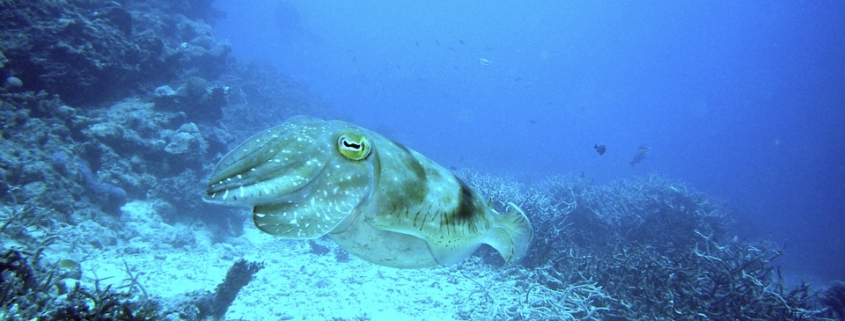
3. Squids Can Change Color For Camouflaging Purposes Squids can camouflage by changing the colors of their skin. These blooms often served as a breeding sight to thousands of these prehistoric beauties. They are said to have been extinct by being poisoned by algal blooms. Scientists often refer to these fossils when trying to learn about squid during the Jurassic period. The Belemnotheutis Antiques has some of the best-kept fossils. Scientists tracked this historic squid by using a fossilized ink sac that they found in England.

Squids diverged from other cephalopods during the Jurassic era, meaning that squid technically evolved more than 100 million years ago! One of the prehistoric squids that our modern-day squids derived from is the fascinating Belemnotheutis Antiques. Their skeleton is in the form of a pen and is primarily made up of a derivative of glucose. They have an impressive high-functioning nervous system and a small internal skeleton within their soft bodies. Like all other cephalopods, they have a large, long head that is often confused with their body.

Cephalopods have bilateral symmetry with a distinct head and often tentacles. A cephalopod is composed of squids, octopi, cuttlefish, and nautilus.

While squids are mollusks, they also belong to the Cephalopoda class. Let’s learn more about these amazing creatures by exploring 10 incredible squid facts! 1. Squids Are Cephalopods Squids belong to the Cephalopoda class. Although squids have large predators and are also used for human consumption, they provide a unique addition to our oceans’ ecosystems. Apart from their size and body, these animals can also camouflage! They also have remarkably interesting defense mechanisms and are amazing hunters. While a squid can often be confused with an octopus, these soft-bodied mollusks are quite different for many reasons.


 0 kommentar(er)
0 kommentar(er)
